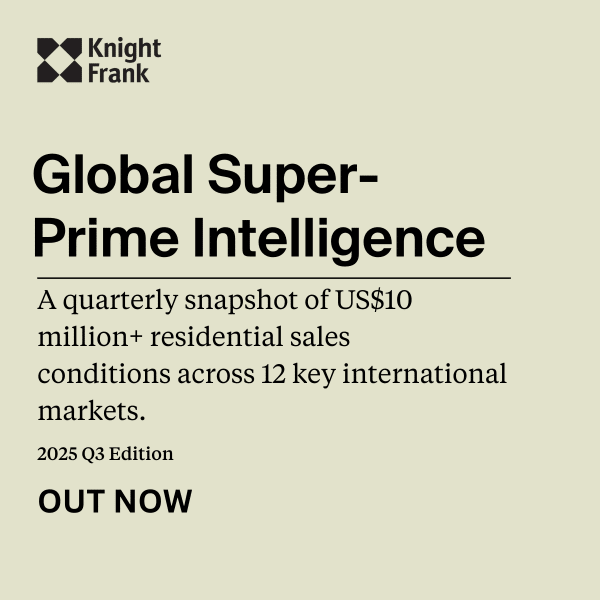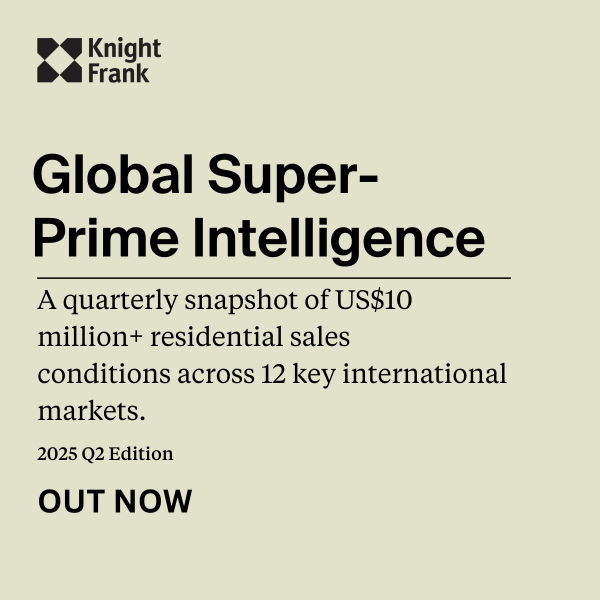The gradual return to a new normality

As parts of the world – Spain included – have now been in coronavirus lockdown for well over a month, encouraging signs are emerging of a slow but gradual return to normal. The battle has not been won yet and we haven’t reclaimed our normal way of life just yet, but the main indicators in countries such as Spain are hopeful in that they show a clear reduction in the number of new cases and fatalities, and in some cases even an absolute drop in the number of patients in intensive care units.

This has prompted some governments, that of Spain included, to ease some of the restrictions and allow greater personal and business mobility as part of a staged rollback to normality. As a result, slowly increasing traffic flows have been discernable in places. Knight Frank has drawn upon its global information resources and research expertise to update its weekly Global City Economic Watch.
Citymapper Mobility Index
The index takes a weekly measurement of real-time indicators to assess the impact of mobility restriction measures on economic activity. What is becoming clear is that the first cities are already making progress towards re-establishing normality. Some Northern European cities, such as Berlin, Copenhagen and Vienna, relaxed the restrictions a little and saw mobility rise by 2-3 percentiles to around 15% of normal traffic flow.
That is still well below the normal level, but moving in the right direction, while in Stockholm mobility increased by the same amount, but reached 30% of normal levels, as the Swedes have imposed social distancing instead of full lockdown. Seoul, where the number of coronavirus cases is consistently low, has also seen an increase in movement, almost joining Hong Kong at close to 40% of normal traffic flows.
The situation is also normalising in China’s main cities, while in cities such as Paris, Prague, London and several North American centres the gentle easing of restrictions has also seen a rise of 2-3 percentage points in urban mobility. Urban traffic flow and congestion trends tell us much about the social and economic activity levels of a city, and while still well below the norm, many major urban centres are slowly beginning to move back in the right direction.
Contact us if you would like to receive a weekly update of these and other indicators provided by Knight Frank to its global family of clients and associates.
Pia Arrieta, 09 May 2020 - Intelligence
Related Articles

Knight Frank’s European Outlook 2026: A Clear View of What’s Next for Europe’s Property Markets
2 min. read · Pia Arrieta

Knight Frank Global Super-Prime Intelligence Q3 2025
1 min. read · Pia Arrieta

Knight Frank Global Super-Prime Intelligence Q2 2025: Global sales surge by a third
2 min. read · Pia Arrieta

Why do resale properties still dominate the market?
5 min. read · Pia Arrieta